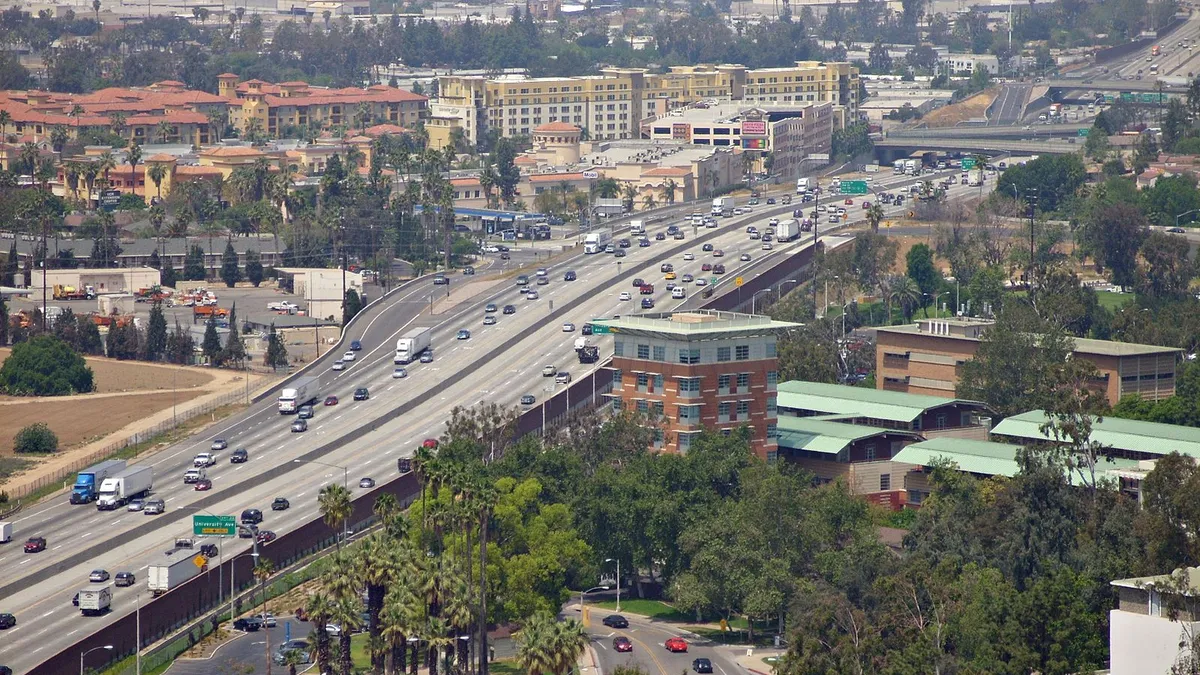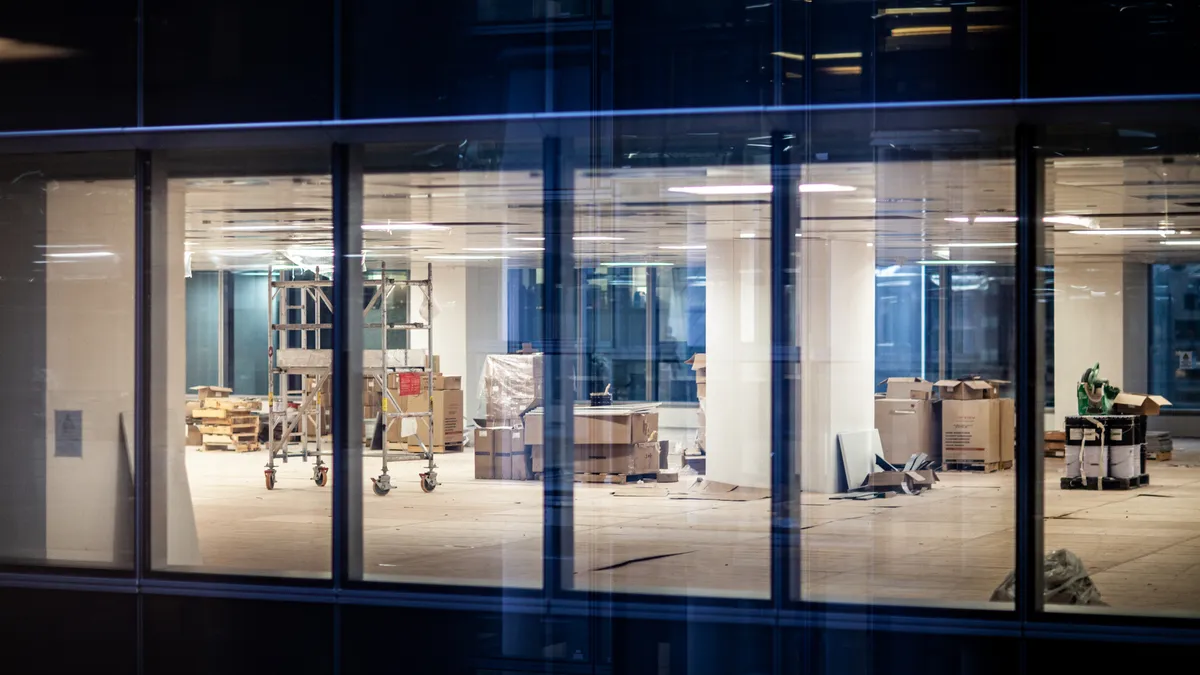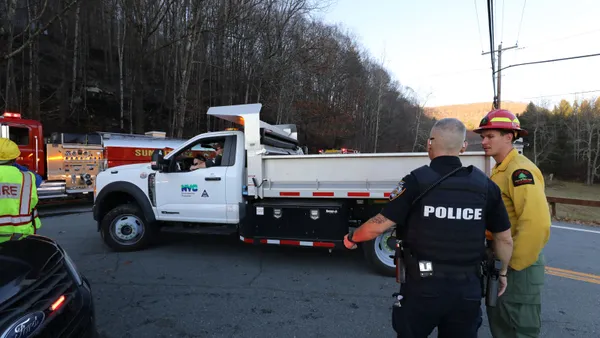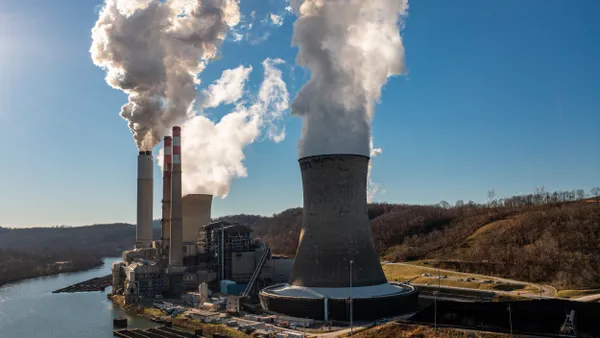Dive Brief:
- One-third of Americans live in regions that saw more than 100 days with unhealthy air quality in 2018, according to a new national report from Environment America, U.S. Public Interest Research Group (U.S. PIRG) and Frontier Group.
- The report analyzed U.S. Environmental Protection Agency (EPA) pollution records for ground-level ozone (or smog) and fine particulate pollution. In all, 89 urban areas and 12 rural counties, with a combined population of 108 million people, had more than 100 days that violated federal air quality standards.
- Among major metro areas, Riverside, CA saw the most days with unhealthy levels of both pollutants, with 227 total in 2018. The other most populated metro regions that saw high levels of pollution were: Los Angeles; Chicago; Dallas-Forth Worth; Houston; Atlanta; Phoenix; Detroit; San Diego, CA; and Denver, CO.
Dive Insight:
The report serves as a reminder that even though there have been significant efforts to improve air quality in the past few decades, Americans are still breathing unhealthy levels of pollution. The American Lung Association reported last year in its annual State of the Air report that the number of Americans in areas with unsafe air quality was rising, and had reached 141 million people between 2015 and 2017.
The West Coast stood out in this report as home to the regions with the most problematic air quality. While there are many factors that contribute to air pollution — including rapid growth that has brought more cars to western cities — 2018 also saw California’s most destructive wildfire season, plunging many cities under thick smoke that contributes to fine particulate pollution.
Another factor, said report author Morgan Folger, is climate change. Not only is it creating warmer, drier conditions that contribute to wildfires, but warmer temperatures in the summer contribute to ozone. Continuing to burn fossil fuels, she said, is a "reinforcing cycle" that accelerates unsafe levels of pollution — and policies that move people into cleaner cars and promote more renewable energy are necessary to reverse the trend.
"Right now, on the federal level, our leaders are letting us down," said Folger, director of Environment America's Clean Car Communities program. "Policies like the proposed rollback of clean car standards ... are going to severely hurt our progress to reduce pollution."
Despite the federal government’s policies — including the promotion of the oil and gas industry over renewable energy — many cities and states have taken their own steps to slash air pollution. The 11 states and the District of Columbia that comprise the Transportation and Climate Initiative proposed in December a plan to cap transportation emissions, and Los Angeles has proposed an ambitious plan to have 30% of cars on the road be electric by 2028, when it hosts the Olympics. New York City will impose the nation’s first congestion charge in 2021, in part to tackle air pollution, and San Francisco is considering its own congestion plan (London saw pollution fall by a third inside its ultra low emission zone, which requires that drivers meet emissions standards or pay a fine).
There’s evidence that the such measures can work; Columbus, OH reported this summer that it has moved out of non-compliance with federal ozone standards in part because of transportation and clean energy policies.











